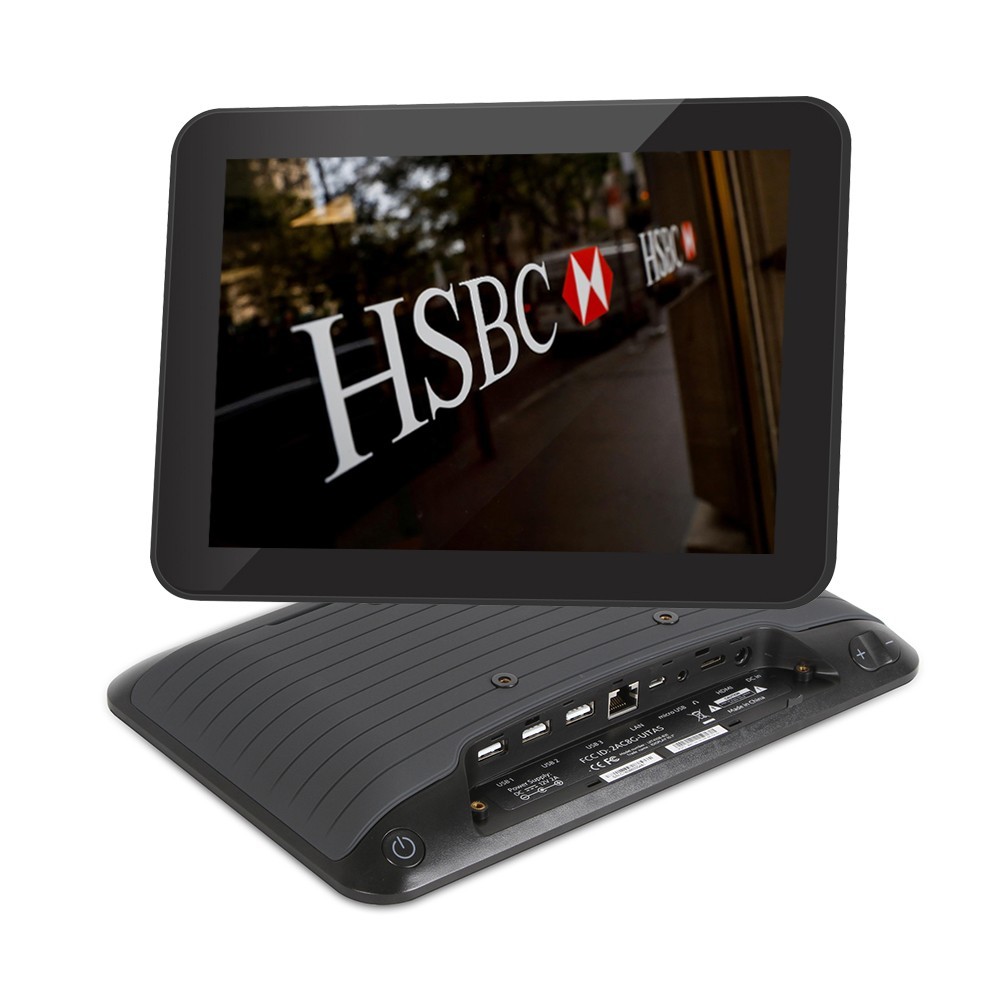A point-of-sale system is, without a doubt, necessary for operating a successful business. It automates payments and inventory management and fosters client loyalty.
A POS system has unmatched advantages. Choosing the best POS, nevertheless, might be difficult given the wide range of alternatives on the market. This blog presents an 8-step plan to help you choose the finest POS software for your business.
1. Define your particular business need.
When choosing a POS system, there is no one solution that works for everyone. It depends on the kind of firm it is and the sector it serves. For instance, a multi-point POS system is more efficient in a retail network.

2. Recognize the various POS systems.
Following these classifications, below are two popular point-of-sale systems:
- Traditional point-of-sale systems: They allow for customization. Choosing a classic POS system is what you’ll do if you’re in charge of a company with intricate requirements.
- Systems of point of sale that operate in the cloud: These systems are stored on a cloud server.
- Mobile point-of-sale systems: Their sole purpose is to lessen friction during the entire purchasing process.
3. Develop a budget.
A single user’s cost to purchase POS software might range from Rs. 20000 to Rs. 1 lac each year of subscription. Include the cost of software, training, and installation when creating your budget.
4. Learn about the POS system’s features.
Determine the characteristics you’ll need for daily operations. Customer satisfaction and revenue generation can both increase with a POS system that has features tailored to your company’s requirements.
Common traits include:
- Inventory Management: A POS system makes efficient inventory control possible. This enables you to manage and keep tabs on your goods in a systematic manner.
- Customer management: With an improved customer database, streamline the consumer experience. Typically, the database contains contact information, points from loyalty programs, and purchase history.
- Including your online store and marketplaces: It is common knowledge that retail is becoming more omnichannel and multichannel these days.
5. Decide on the top POS vendor.
A strong customer base and a long-standing reputation are hallmarks of a well-built POS vendor. It encourages higher credibility and trust among its users. In order to decrease downtime and redundancy, it also offers technical advice and training.
6. Request a live demonstration with all parties.
Instead of relying on the free trial offered on the website, you should schedule a live demo session. A company representative can be reached here to help you with the procedure.
7. Request a business estimate and evaluate alternatives.
Your POS app provider should ideally have a website that lists a regular fee. In the following years, do bring up and request t3he AMC or subscription fee.
8. Make a plan and carry it out
Once the terms of the deal have been settled, you should designate a SPOC (single point of contact) from each team to oversee the project. Finally, before launching the program, you should allot enough employees and time for them to complete the thorough training.
Conclusion
It’s time to start the process. Get the best POS systems for desktop, cloud, mobile, and eCommerce to assist you in meeting all of your business demands. Pick the ideal POS system and see your retail brand soar to success.
Read More
The Most Important Factors To Consider When Choosing A Point Of Sale Terminal Manufacturer